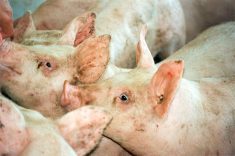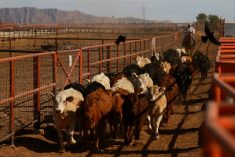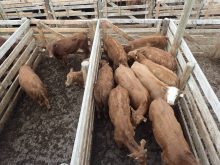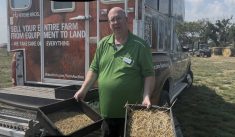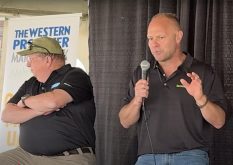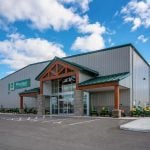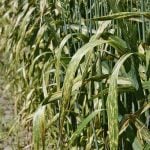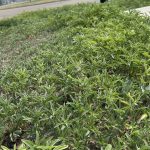LETHBRIDGE, Alta. – Water supplies for irrigation would be in jeopardy if southern Alberta farmers experience a repeat of the drought of 1988.
That’s why debates over irrigation expansion swirl around whether there is enough water to meet everyone’s needs.
Alberta Irrigation Projects Association, which represents 13 irrigation districts, has shown expansion is a possibility in its Year 2000 study.
“It has demonstrated we have achieved some considerable savings in water conservation over the last 10 years,” said Stan Klassen, association manager.
With these savings, the districts could irrigate between 10 and 15 percent more acres with the same amount of water they are licensed to receive now.
Read Also
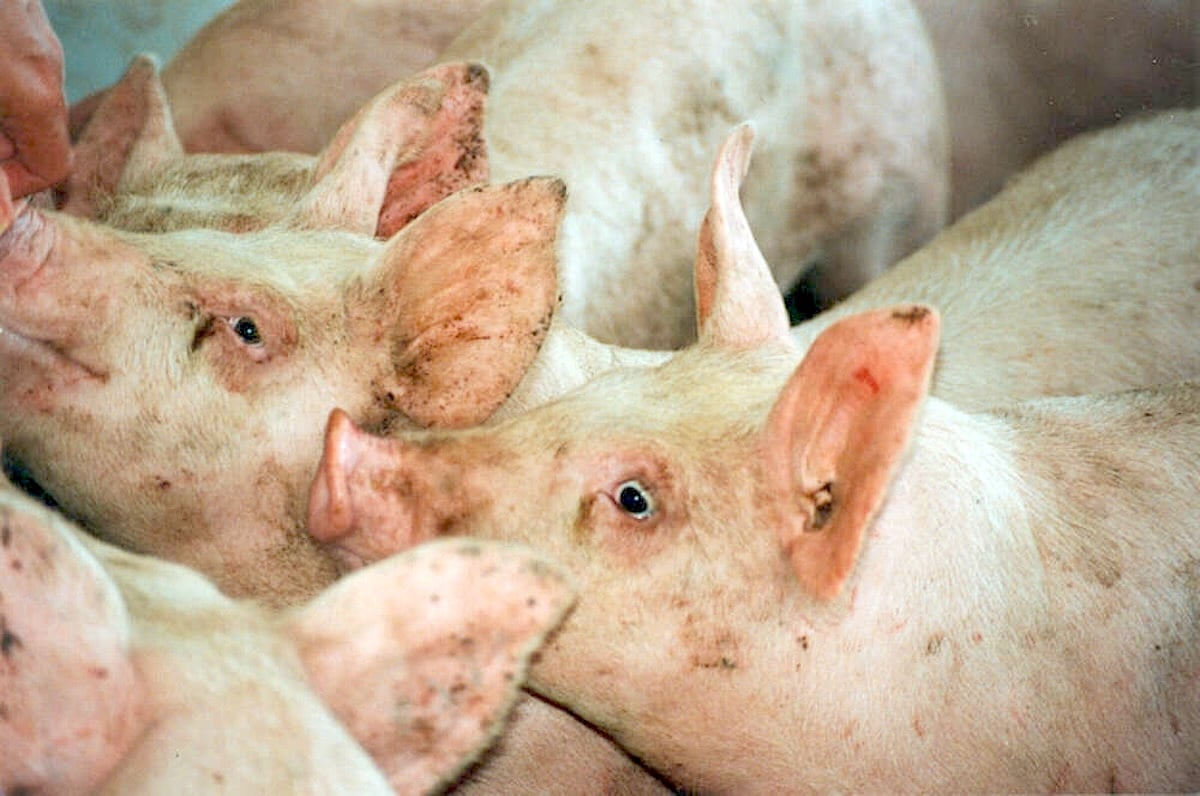
WP livestock report – July 24
WP livestock report for hogs, bison and sheep for July 24
“We don’t need more water, we have become more efficient,” he said.
The province capped irrigation acreage at just over 1.3 million acres in 1990. Farmers have almost reached that limit. Expansion is tempting because of the wide array of high value crops and economic spinoffs.
Efficiencies were gained by rehabilitating the 100-year-old system. Leaky canals were fixed and underground pipelines and new pivot systems were installed.
However, farmers attending the irrigation association’s annual meeting in Lethbridge expressed concern about overextending a limited water supply.
Lynn Thacker of Bow Island said the risk of a water shortage looms over every farmer who made a big investment in equipment and high value crops.
Thacker and his two brothers keep conservation in mind to save money and water. They have invested in a computerized system that can be turned off when demand is low. They also have an option control that shuts down the system during high winds to avoid losing water to evaporation and drift.
As a farmer he wants flexibility to move water. It is more economical to water high value crops like sugar beets or potatoes than barley.
Water metering and a billing system have additional conservation possibilities.
“There is nothing like economic incentives to drive efficiency,” he said.
Government officials and irrigation districts favor some expansion but say it must be handled with caution.
“Expansion should occur, but growth must be prudent,” said Les Lyster, assistant deputy minister in charge of sustainable agriculture.
Jim Brown, manager of the St. Mary’s Irrigation District said: “There is more land to irrigate than there is water to irrigate it with.” He worries shortages and rationing could occur if there were three consecutive dry years.
The Alberta system is dependent on mountain snowpacks and good spring runoff to replenish the river system every year. It does not rely on aquifers.
The St. Mary’s district draws water from tributaries of the Oldman River, and controls a major canal with water sharing arrangements with the districts of Taber and Raymond.
St. Mary’s district is capped at 500,700 acres and its water allocation is 961,000 acre-feet. Last year it withdrew 540,000 acre-feet.
Modernization of the system has meant a drop in the demand for water.





